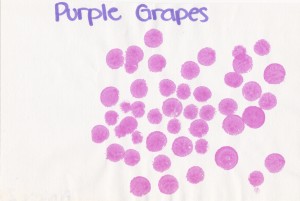As technology increases at home and school, video games have increased in number. Each year they become more realistic-looking and exciting. But they are also often violent, and may contain language and themes inappropriate for your youngster.
Playing video games has benefits, to be certain. They help young people learn eye-hand coordination and computer skills, things they will need to keep up in the modern world.
But there are down sides, too. Big ones. Questions and concerns about content top the list, but you should also be aware that many online games require the sharing of personal information and location.
First, content. The debate continues regarding whether or not violent video games encourage violent behavior. Opinions abound, but the bottom line is that you should monitor and decide what your child or teen can or cannot play. In addition to violence, language and themes may often be too adult.
- Understand ratings. The ESRB (Entertainment Software Rating Board) rates virtually all video games in terms of content, age-appropriateness, and interactive elements (including whether or not location and other information is shared). All three of these areas are important.
- Content and age-appropriateness. The ESRB website has a great video and also written language to help you understand ratings and how they define words such as “animated blood” and “adult humor.” The basic content and age ratings are:
- Early Childhood;
- Everyone;
- Teen (13 and up);
- Mature (17 and up);
- Adults only.
- Pay attention! Games rated “Mature” have truly adult themes (sex, violence, language) and are simply NOT appropriate for younger ages. Even those with a rating of “Teen” may surprise you with their level of violence and tasteless language.
- PREVIEW. Learn about games before you buy. This website at Common Sense Media is a great source of information. If your youngster is asking for a particular game, look for the title here to see some screen shots and other details.
- Interactive elements. If you are concerned about private information being shared, or worry your child or teen might be connecting (accidentally or purposefully) with people you don’t know, READ THIS.
One important note about violence. Whether or not your teen or child plays violent video games, you should pay attention if he exhibits violent behavior. If she is violent with you or other family members, with schoolmates or with animals, talk to your pediatrician about finding a counselor.
Bottom line: know what your child is doing, watching, playing. Video games are fun, but you need to be aware of content and privacy.
© 2014, MBS Writing Services, all rights reserved


